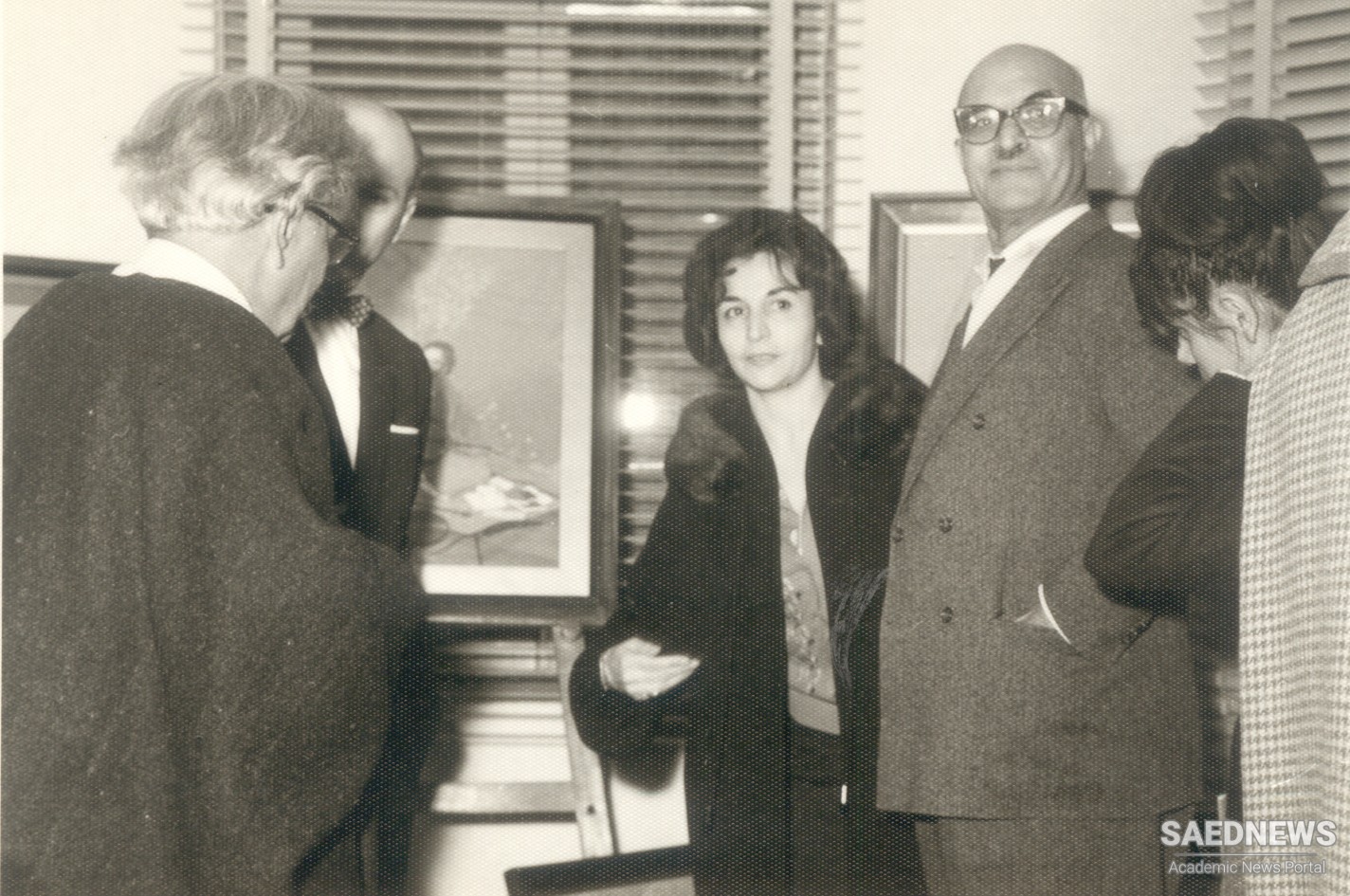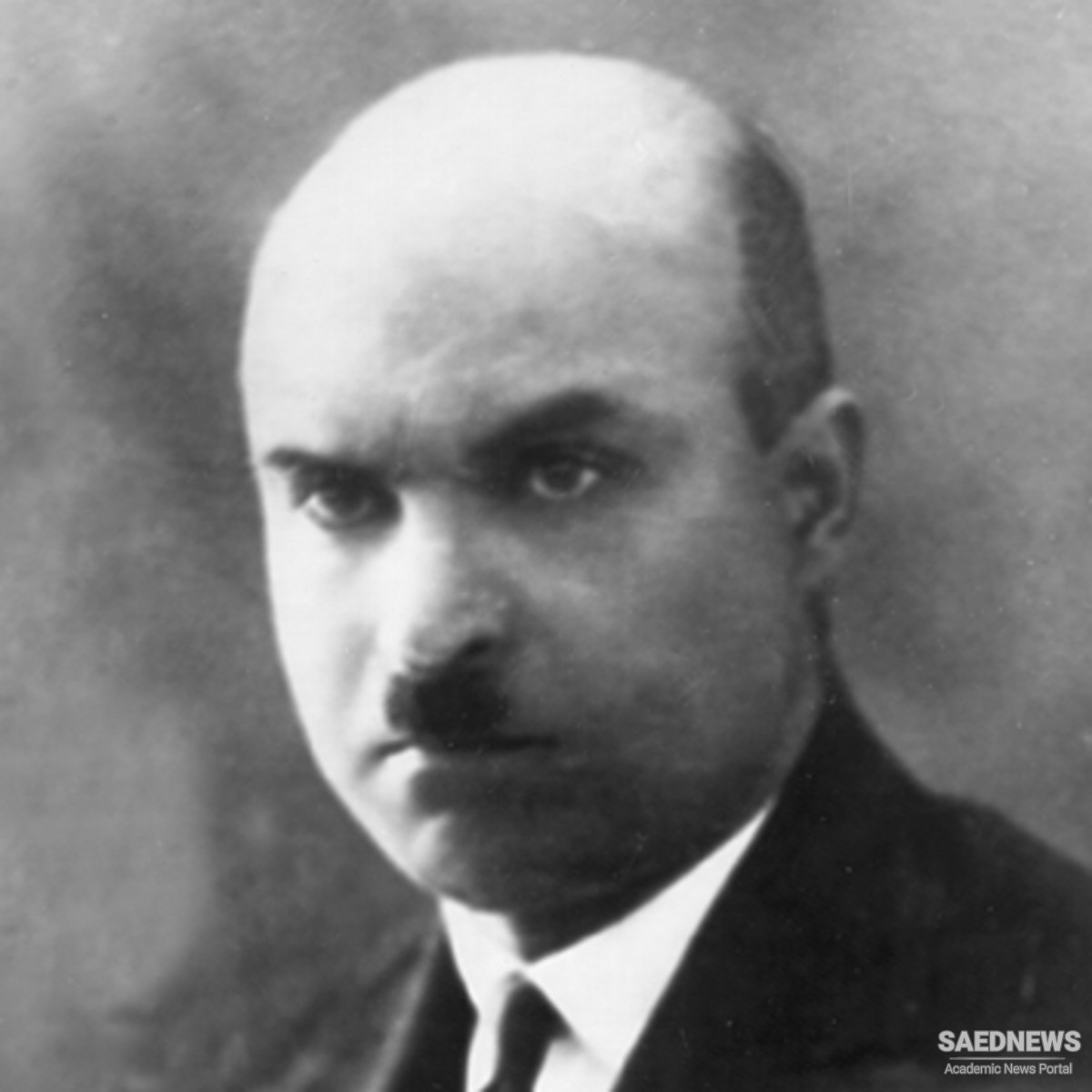Among the many pupils who received training at the school a few emerged as significant musical figures who became influential in setting the course of musical developments in the twentieth century. The most outstanding of these was Ali Naqi Vaziri (1886-1981), an energetic and highly intelligent man, who rapidly rose to the rank of colonel in the army. Vaziri was an excellent musician of the classical tradition and a virtuoso performer of the tar and the setdr. However, he was fascinated by what he had learned of western music theory and, like many of his generation, was fired with zeal for westernisation. Ali Naqi Vaziri was the first Persian to seek a musical education in Europe. He set out for France just before World War I and remained in Europe for some eight years. In France hetudied harmony and composition and became familiar with a number of European instruments, such as the violin and the piano. In 1922 Vaziri produced the first of his several publications. The book, Dastur-e Tar, is ostensibly on the technique of the tar and contains exercises and pieces, from simple to difficult, for that instrument. The short text preceding the notated pieces, however, is far more important as it contains Vaziri's theory of Persian music. It is in this short introductory section of Dastur-e Tar that, for the first time, the view that Persian music relies on a 24-quarter-tone scale is expressed (Source: The Dastgah Concept in Persian Music).



 Qajar Military Band and Arrival of Western Musical Instruments
Qajar Military Band and Arrival of Western Musical Instruments














































